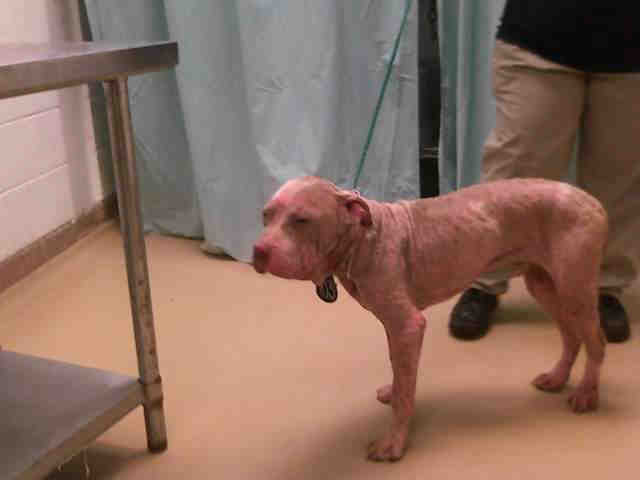Demodicosis, or more commonly known as mange, is a disease caused by different types of Demodex mites. If these mites become absorbed into the skin is can cause lesions, genetic disorders, hair loss and even immunity issues. These symptoms can be mild an only in a few places of very extreme by covering the whole body.

Below is some further information on Mange that every pet owner should know:
Causes: While an exact cause of mange in dogs is unknown, many experts believe genetic factors, such as problems with the immune system, may predispose a dog to developing mange. Three species of mites have been identified to cause mange in dogs. While the mode of transmission is unknown for two of these, it is known that one type, Demodex canis, inhabits the skin and hair follicles and may transfer from mother to newborn during nursing.Diagnosis: Skin scrapings are used to find and diagnose demodicosis in dogs. Plucking hairs may also help identify the mite responsible for the condition. If performed, a urine test will identify other possible diagnoses, namely those caused by a disorder with the dog’s metabolic system. Alternative diagnoses may include bacterial infection in the hair follicle.
Treatment: If localized, the problem is likely to resolve itself and disappear spontaneously, which happens in approximately 90 percent of cases. For severe generalized cases, long-term medication may be necessary to control the condition. Lime-sulfur dips to the affected areas may help relieve symptoms. In either case, the general health status of the animal should be evaluated.
Living and Management: Follow-up care should include skin scrapings, known as trichograms, to continually monitor the presence of mites and check the treatment’s progress. With chronic long-term cases, regular medication may be necessary.
Prevention: General good health may help prevent some cases. It also advised that dogs with generalized chronic mange not be bred, as the condition is likely to be passed to offspring.
Has your fur baby ever contracted mange and if so how did you treat it?





Leave a Reply